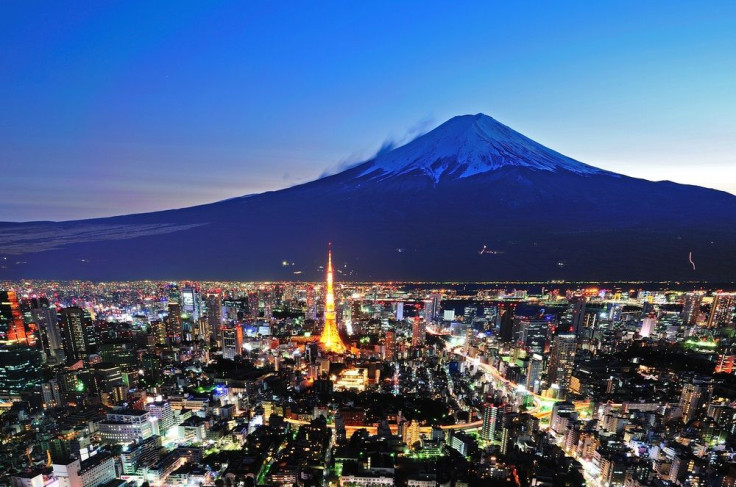Green Laser Light Sighting Over Japan Not Meteor, Says NASA; What Was It? [Video]
KEY POINTS
- In the video, the green lights could clearly be seen streaking across the sky
- It happened on the evening that the ICESat-2 passed over the area
- '(I)t took 4 years...to actually capture its green laser beams on camera': ICESat-2 team
Cameras captured green lights shooting across the sky over Japan in 2022. But apparently, it wasn't a meteor, so what caused the mysterious lights?
A NASA satellite may be behind the answer.
On Sept. 16, 2022, motion-sensing cameras set up by Daichi Fujii, a curator at Hiratsuka City Museum, captured something rather odd. The cameras were placed near the famed Mt. Fuji to capture meteors, NASA explained in a feature. But instead, the cameras captured streaks of bright green lights that didn't quite appear to be meteors.
In the video, courtesy of Fujii and shared by NASA, one could see the beams of light streaking quickly across the sky. The slowed-down version of the footage showed the light streaks clearly.
A closer look revealed that the lights were in sync with a tiny green dot between the clouds. Suspecting it could have been a satellite, Fujii reportedly investigated further and found that NASA's Ice, Cloud and Land Elevation Satellite 2 (ICESat-2) actually passed the area that very evening.
With all the details together, the ICESat-2 was eventually confirmed to be the source of the lights.
"ICESat-2 appeared to be almost directly overhead of him, with the beam hitting the low clouds at an angle," ICESat-2 instrument scientist Tony Martino said in the NASA feature. "To see the laser, you have to be in the exact right place, at the right time, and you have to have the right conditions."
The satellite's laser lights are pretty tricky to capture, the agency explained. This is because they need something to reflect off to be visible to eyes and cameras.
However, the amount of cloud cover over Fuji City that evening helped make the footage possible. The Goldilocks sweet spot had enough cloud cover for the laser to be visible, but not too much that it was completely blocked.
It was said to be the first time that the team saw footage of the laser beams "at work."
"We were waiting for it, that green light," noted the satellite's official Twitter account. "...it took 4 years for the perfect conditions to align to actually capture its green laser beams on camera."
We were waiting for it, that green light...#ICESat2 has been measuring Earth's height with lasers since 2018, but it took 4 years for the perfect conditions to align to actually capture its green laser beams on camera. pic.twitter.com/MUkYng9rIr
— NASA Ice (@NASA_ICE) April 14, 2023
Launched in September 2018, ICESat-2 carries a photon-counting laser altimeter that lets scientists measure important things like ice sheets, sea ice and glaciers.
The "space laser" called Advanced Topographic Laser Altimeter System (ATLAS) essentially sends pulses to the ground and "measures the travel times of laser pulses to calculate the distance between the spacecraft and Earth's surface."
Earlier in the year, the Subaru-Asahi camera on the Subaru Telescope in Hawaii also captured stunning footage of green lasers seeming to be scanning the skies.
It was also initially thought to be from the ICESat-2. However, Martino had reportedly stated that it was not from their satellite, the facility noted in an update.
Instead, it was likely from another satellite, possibly the Chinese Daqi-1, which is an atmospheric environment monitoring satellite.

© Copyright IBTimes 2025. All rights reserved.






















